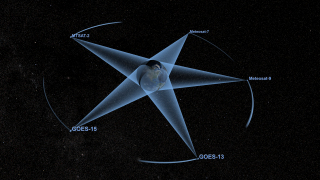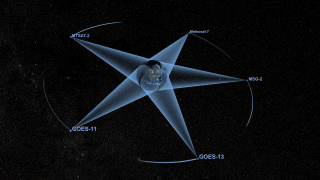Earth
ID: 11107
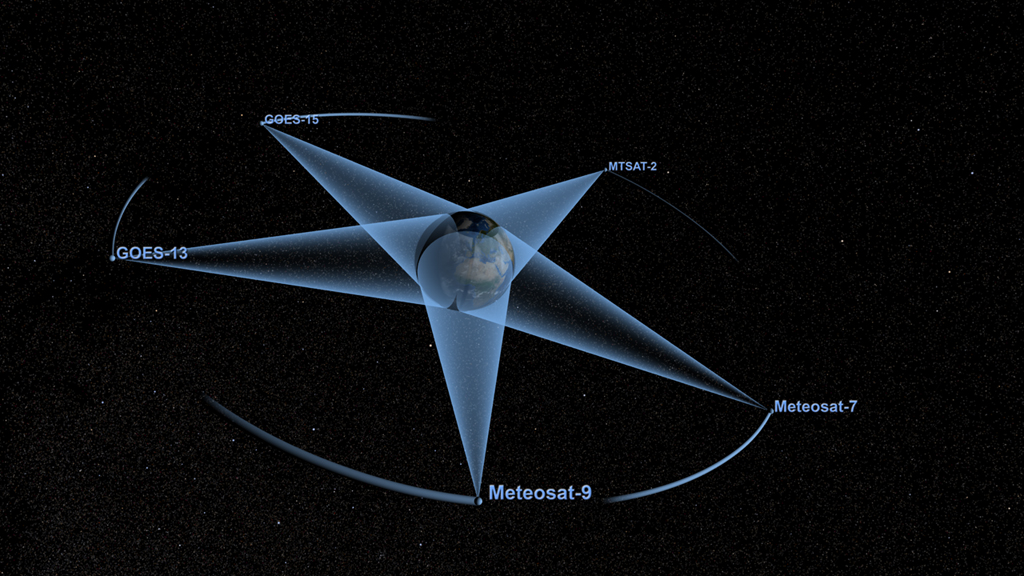
Which satellite watches the weather over your city? If you live in the Western U.S., it's probably GOES-15. On the East Coast it's GOES-13. Traveling at the same speed as Earth's rotation keeps these so-called geostationary satellites perfectly positioned to maintain constant watch over an entire region. A total of five such weather satellites achieve continuous global coverage by orbiting Earth from about 22,300 miles above the equator. At almost one-tenth the distance to the moon, they're farther away than most Earth-observing satellites. But the orbital altitude is anything but arbitrary: too high and the satellite would lag behind Earth's spin, too low and it would outpace its target. Check out the visualization to see how all five weather satellites circle our planet.
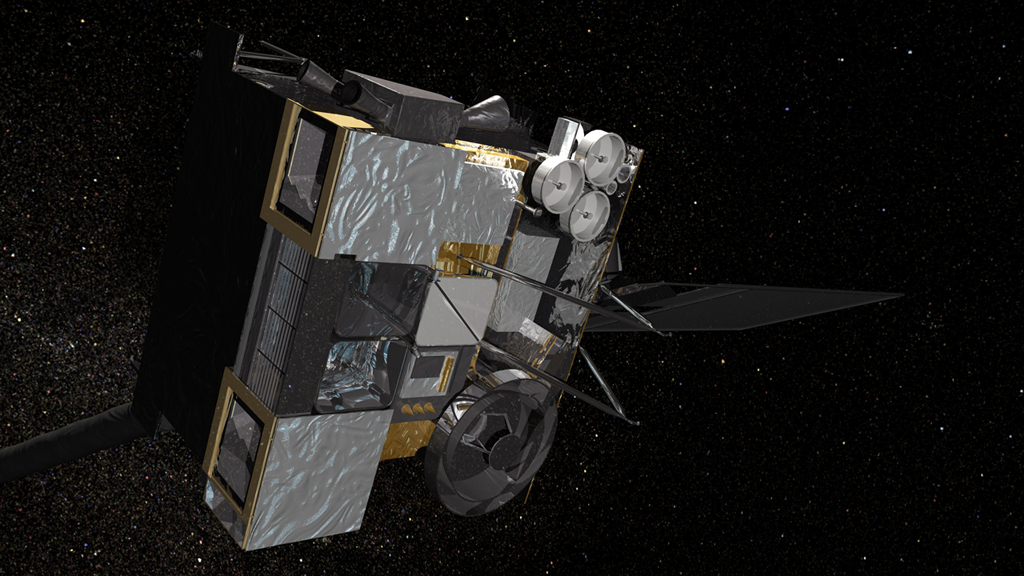
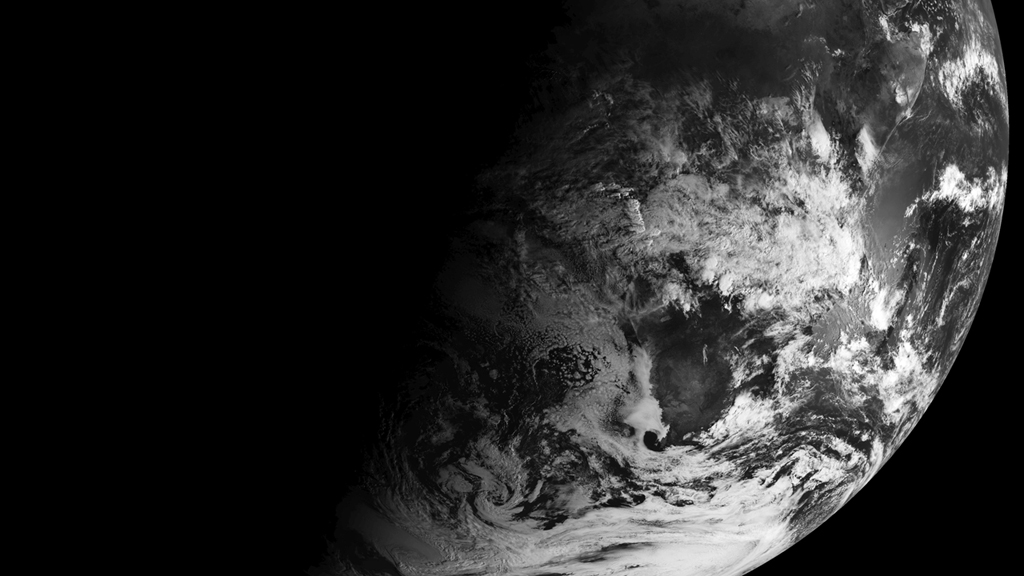
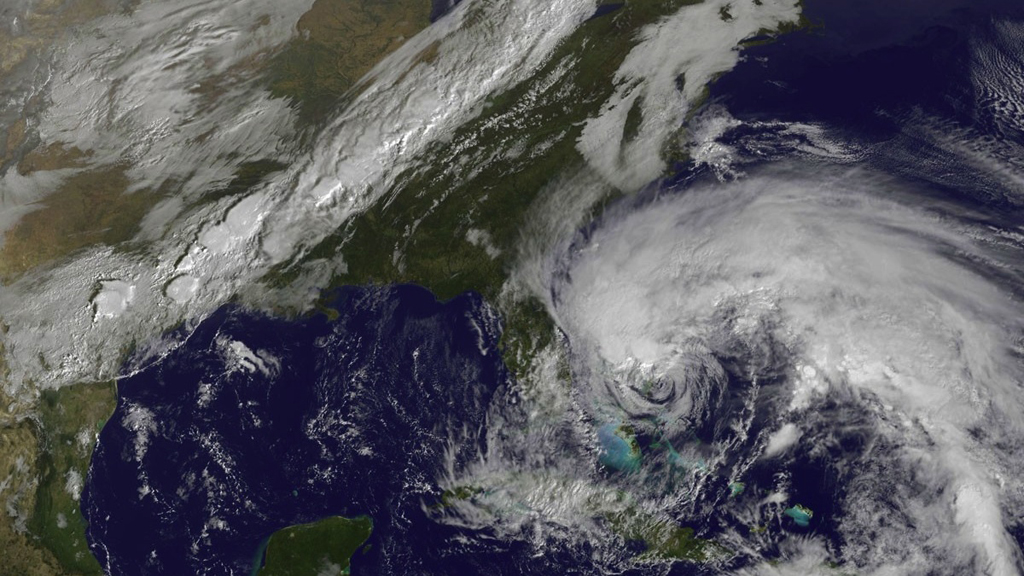

Zone Coverage





Related Stories
Story Credits
Visualizers/Animators:
Helen-Nicole Kostis (USRA)
Greg Shirah (NASA/GSFC)
Horace Mitchell (NASA/GSFC)
Producer:
Ryan Fitzgibbons (USRA)
Lead Scientist:
Eric C. Brown De Colstoun (NASA/GSFC)
Lead Writer:
Kathryn Hansen (Wyle Information Systems)
Helen-Nicole Kostis (USRA)
Greg Shirah (NASA/GSFC)
Horace Mitchell (NASA/GSFC)
Producer:
Ryan Fitzgibbons (USRA)
Lead Scientist:
Eric C. Brown De Colstoun (NASA/GSFC)
Lead Writer:
Kathryn Hansen (Wyle Information Systems)
Please give credit for this item to:
NASA's Goddard Space Flight Center
Meteosat-9 image courtesy of NASA/Rob Simmons using EUMETSAT data
NASA's Goddard Space Flight Center
Meteosat-9 image courtesy of NASA/Rob Simmons using EUMETSAT data
Short URL to share this page:
https://svs.gsfc.nasa.gov/11107
Keywords:
SVS >> App
NASA Science >> Earth
https://svs.gsfc.nasa.gov/11107
Keywords:
SVS >> App
NASA Science >> Earth
